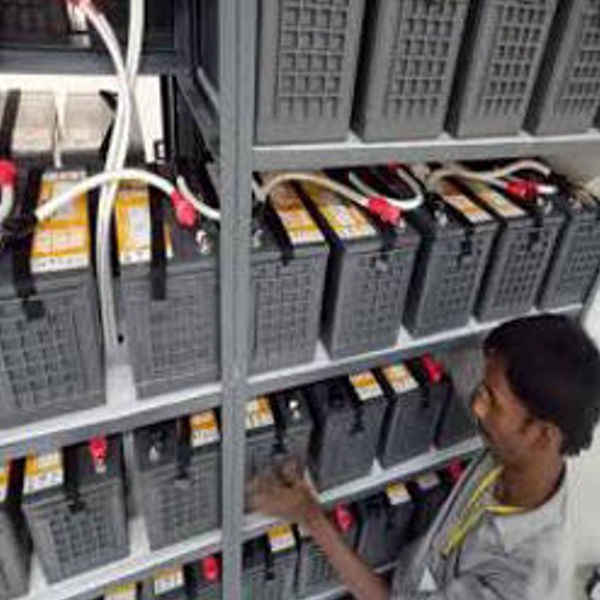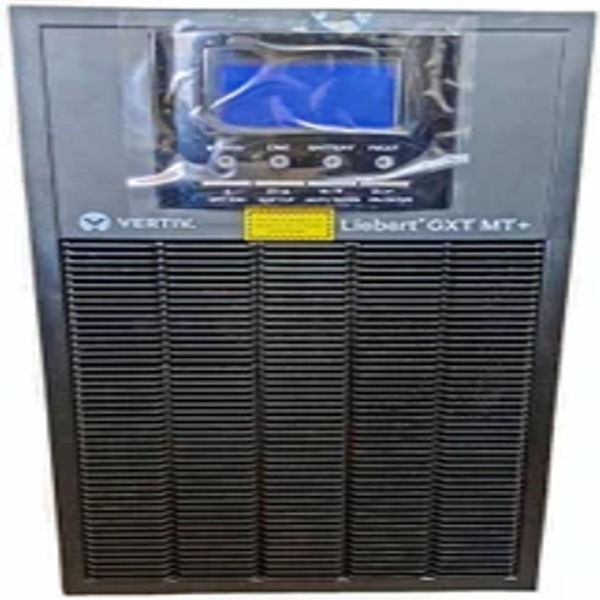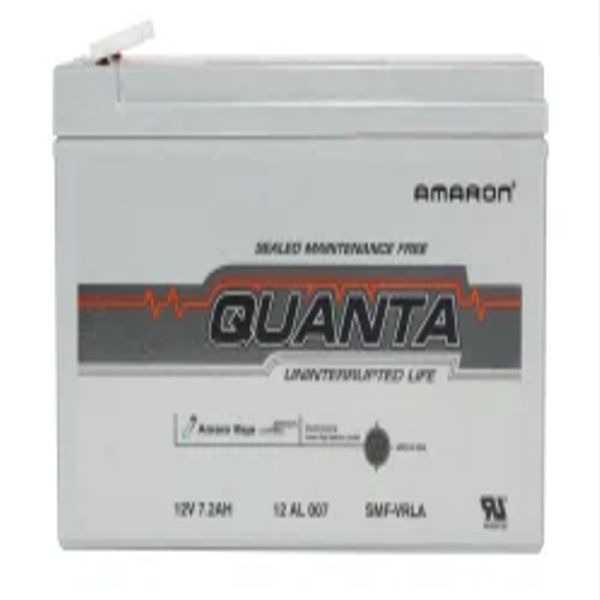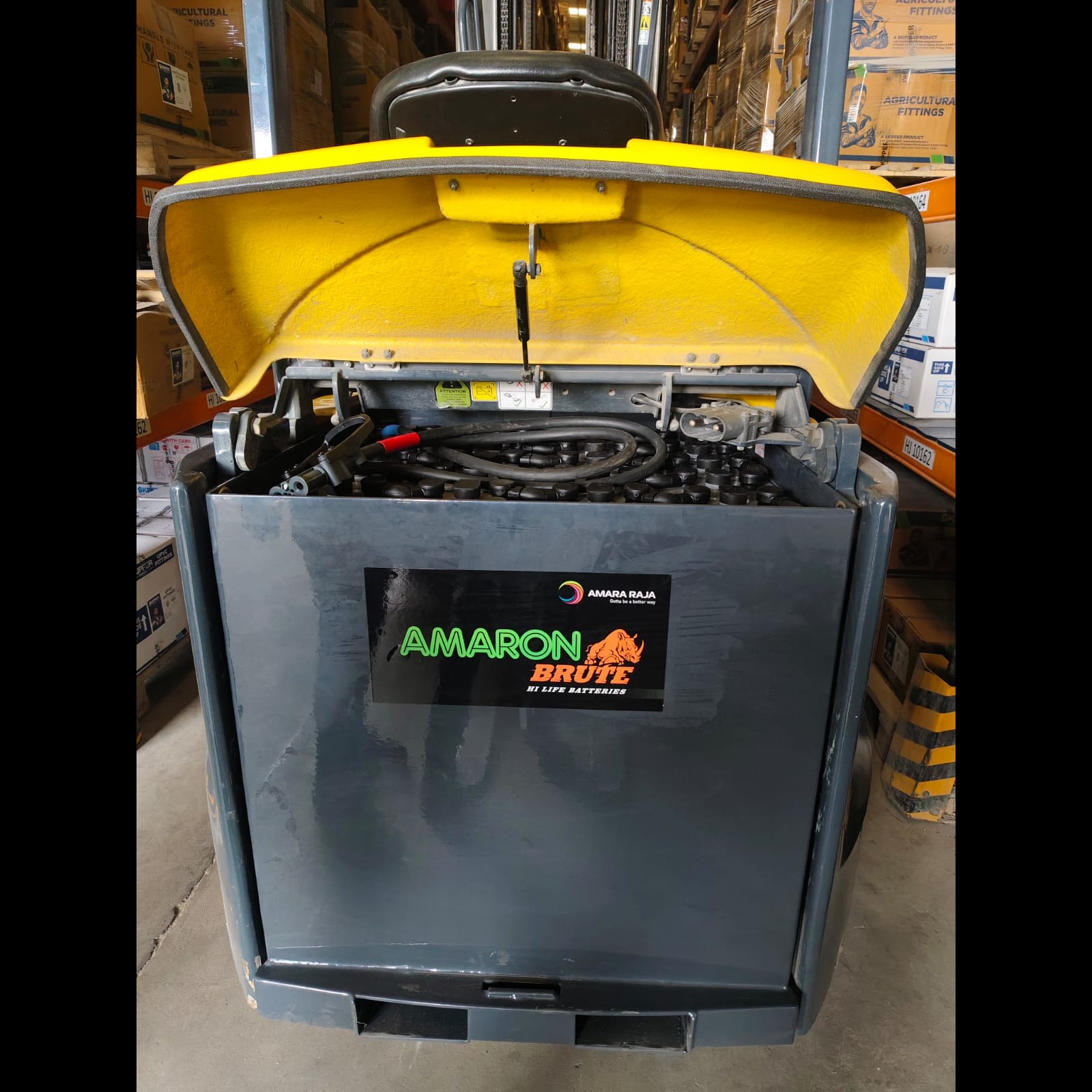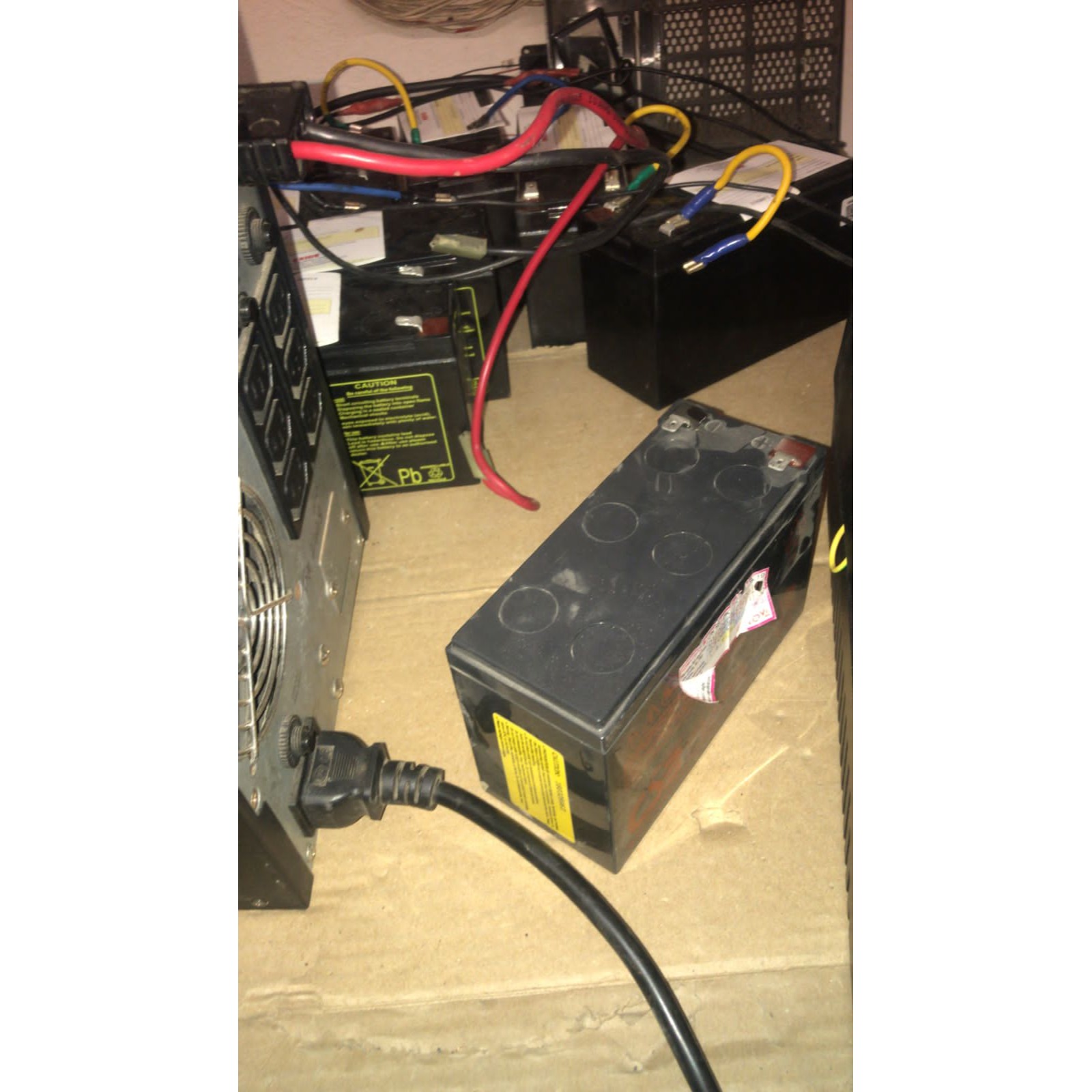
Battery Repair
Battery repair refers to the process of restoring a battery\'s functionality, extending its lifespan, and improving its performance. This can apply to various types of batteries, including lead-acid, lithium-ion, nickel-cadmium, and others. Here’s a comprehensive overview of battery repair, including methods, tools, and considerations.
Types of Batteries Commonly Repaired
Lead-Acid Batteries:
Flooded Lead-Acid: Common in automotive and industrial applications.
AGM (Absorbent Glass Mat): Used in UPS systems and some vehicles.
Gel Batteries: Often used in solar applications.
Lithium-Ion Batteries:
Common in consumer electronics, electric vehicles, and renewable energy storage.
Nickel-Cadmium (NiCd) and Nickel-Metal Hydride (NiMH):
Used in power tools, cameras, and some hybrid vehicles.
Common Battery Issues
Sulfation: Lead-acid batteries can develop lead sulfate crystals, reducing capacity.
Capacity Loss: Batteries may lose their ability to hold a charge over time.
Corrosion: Terminals may corrode, leading to poor connections.
Cell Imbalance: In multi-cell batteries, some cells may charge or discharge at different rates.
Physical Damage: Cracks or leaks can occur, especially in older batteries.
Battery Repair Methods
Desulfation:
Method: Use a desulfator or pulse charger to break down lead sulfate crystals.
Tools: Desulfation charger, multimeter.
Effectiveness: Can restore some capacity in lead-acid batteries.
Reconditioning:
Method: Fully charge and discharge the battery multiple times to help restore capacity.
Tools: Smart charger, load tester.
Effectiveness: May improve performance but not a permanent solution.
Cell Replacement:
Method: Replace damaged or weak cells in a battery pack.
Tools: Soldering iron, multimeter, replacement cells.
Effectiveness: Can significantly extend the life of the battery pack.
Terminal Cleaning:
Method: Clean corroded terminals with a wire brush or a mixture of baking soda and water.
Tools: Wire brush, baking soda, water.
Effectiveness: Improves connectivity and performance.
Repackaging:
Method: For battery packs, replace the outer casing and reassemble the cells.
Tools: New casing, soldering tools, multimeter.
Effectiveness: Can restore functionality to battery packs that have become damaged.
Balancing:
Method: Use a battery balancer to equalize the charge across all cells in a multi-cell battery.
Tools: Battery balancer, multimeter.
Effectiveness: Improves overall performance and lifespan.
Safety Considerations
Personal Protective Equipment (PPE): Always wear gloves and safety goggles when handling batteries.
Ventilation: Work in a well-ventilated area, especially with lead-acid batteries, to avoid exposure to harmful gases.
Proper Disposal: Dispose of any damaged or non-repairable batteries according to local regulations.
Tools and Equipment Needed
Multimeter: For measuring voltage and checking cell health.
Smart Charger: For charging and reconditioning batteries.
Desulfator: For breaking down lead sulfate crystals.
Soldering Iron: For replacing cells in battery packs.
Wire Brush: For cleaning terminals.
Battery Tester: For assessing overall battery health.
Conclusion
Battery repair can be a cost-effective way to extend the life of batteries and improve their performance. However, it requires knowledge of battery chemistry, safety precautions, and the right tools. In some cases, especially with lithium-ion batteries, it may be safer and more effective to replace the battery rather than attempt repairs. Always assess the condition of the battery and consider professional help if needed.
Keywords
improve performance
significantly extend
considerations types
replacing cells
weak cells
cells tools
attempt repairs
requires knowledge
measuring voltage
nonrepairable batteries
avoid exposure
wellventilated area
safety goggles
wear gloves
battery balancer
restore functionality
outer casing
baking soda
wire brush
pulse charger
multicell batteries
corrode leading
ups systems
battery repair
comprehensive overview
methods tools
lithiumion batteries
leadacid batteries
battery packs
battery packs replace
reconditioning batteries desulfator
performance repackaging method
equipment needed multimeter
damaged balancing method
battery multiple times
vehicles gel batteries
leadacid lithiumion nickelcadmium
local regulations tools
power tools cameras
batterys functionality extending
time corrosion terminals
nickelmetal hydride nimh
